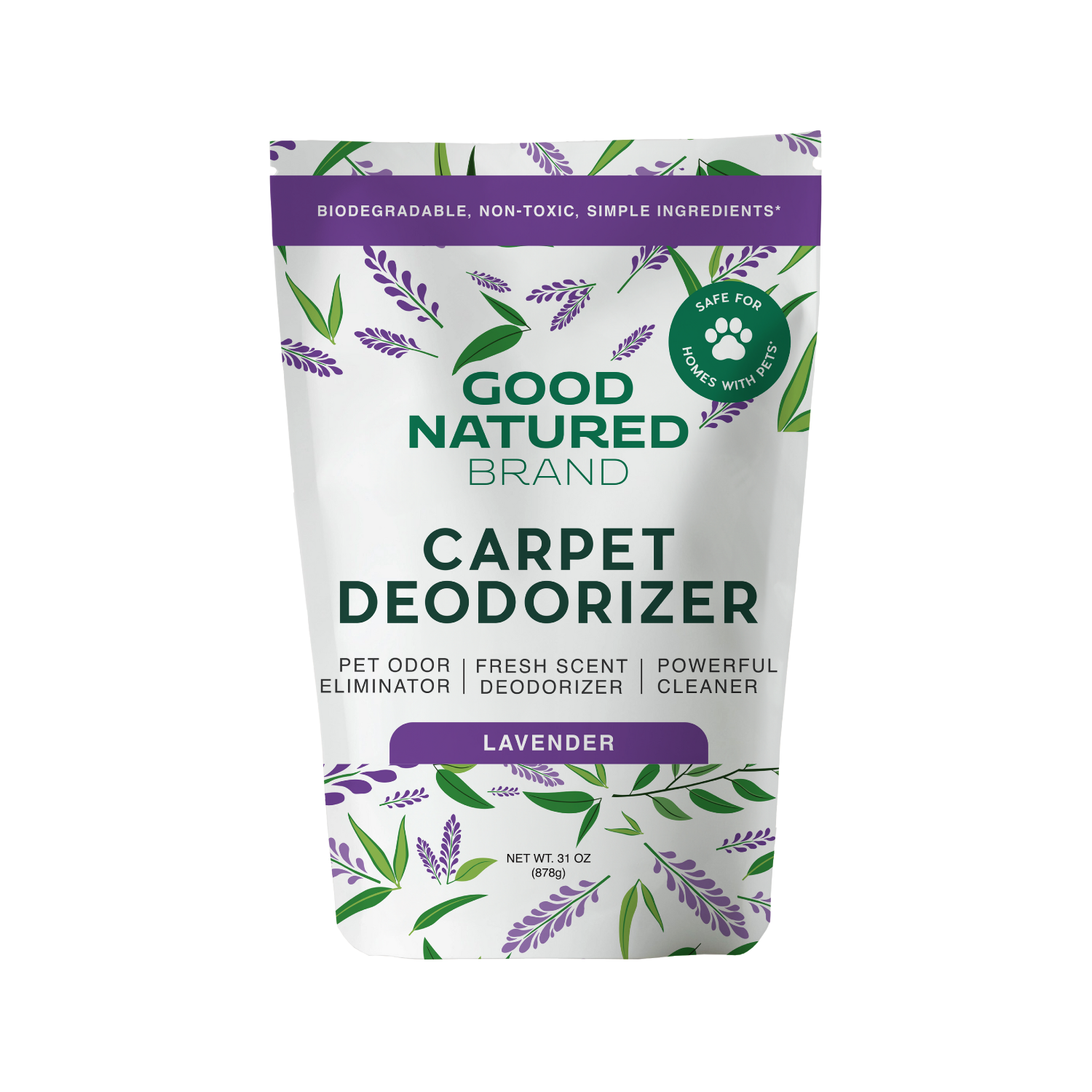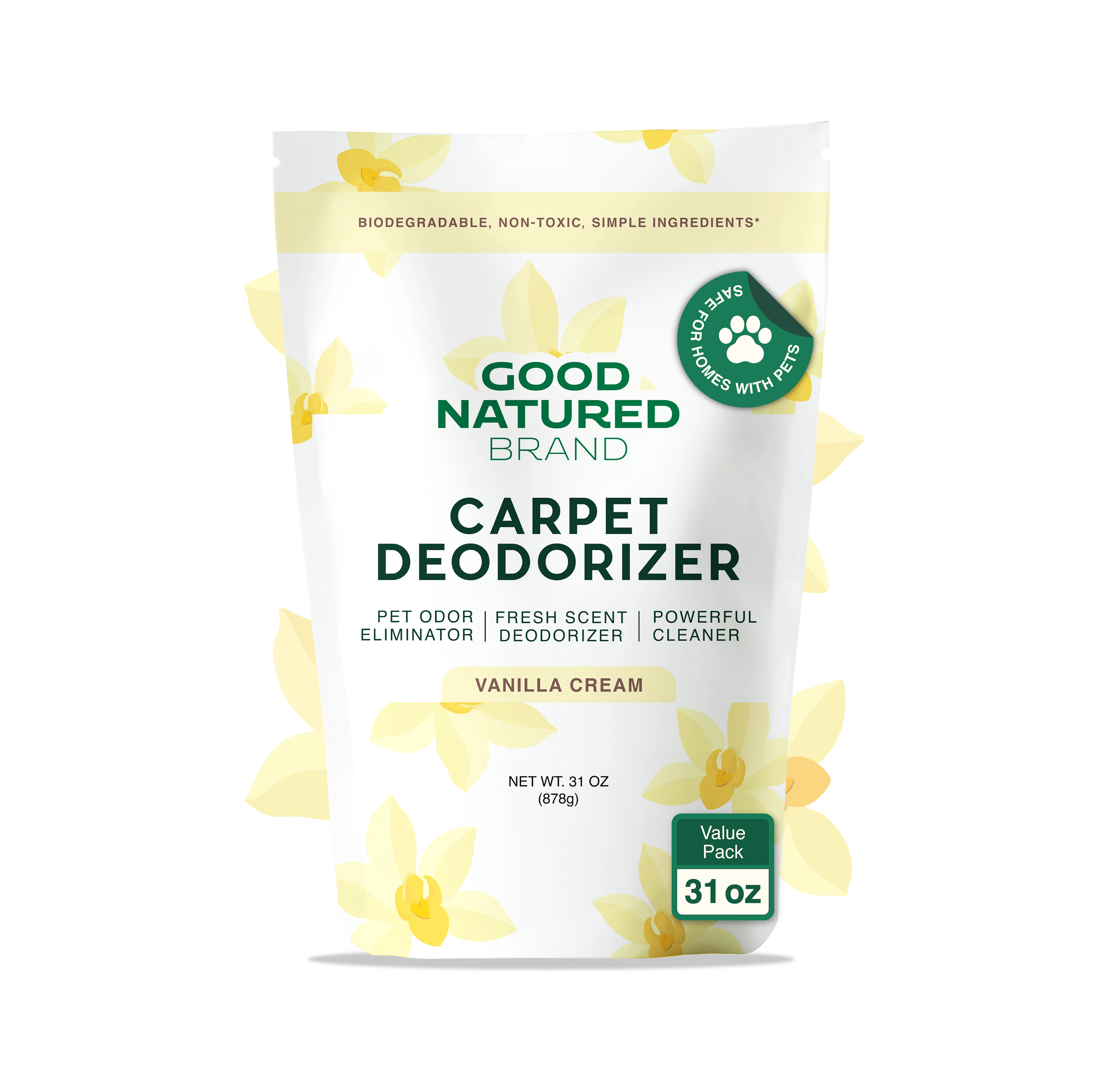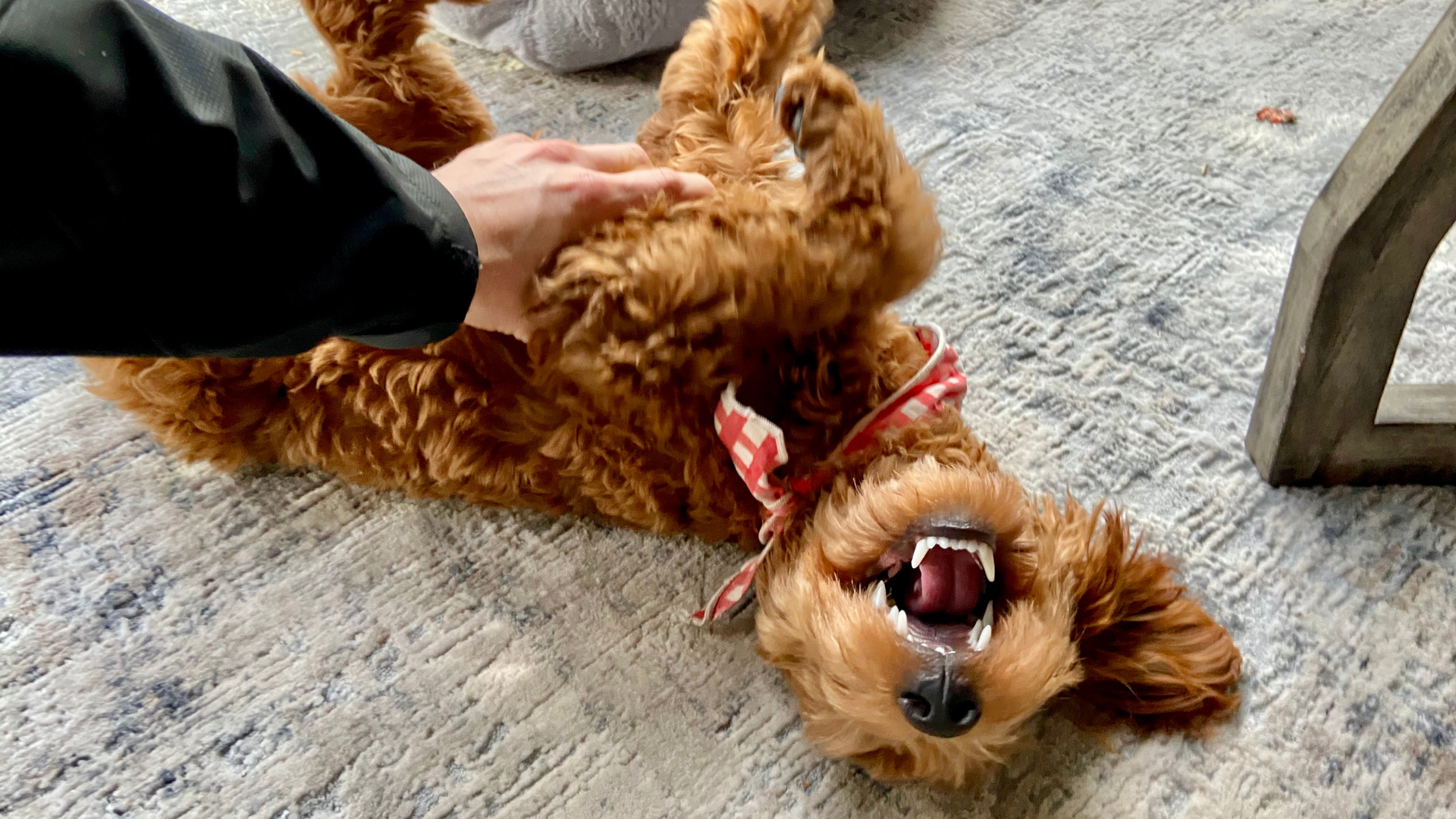If you’ve ever been captivated by the mysterious charm of cats—whether the wild hunters of the savannah or the soft, purring companions at home—the YouTube video “ALL THE CATS, EXPLAINED” by MinuteEarth offers a fascinating journey through their history. Inspired by that video, this article dives deeper into the origins, evolution, and diversity of the feline family. Here, we explore the incredible story of both extinct giants and modern cat breeds, while helping readers understand how today’s domestic cats became the animals we adore.
Whether you're learning for fun, teaching young animal lovers, or caring for cats at home (and keeping your home fresh with our Carpet Deodorizers, Laundry Powders, and All-Purpose Cleaners), this guide will help you appreciate felines like never before.
You can explore more pet-friendly content on our main page and blog.
Introduction to the Feline Family
Cats belong to the biological family Felidae, a diverse branch of carnivores that includes everything from mighty lions to tiny forest-dwelling wildcats. Today, the world is home to over half a billion domestic cats, living alongside humans in nearly every country.
But the feline story began long before housecats curled up on our sofas. Millions of years of evolution shaped these animals into incredible hunters with powerful bodies, sharp senses, and behaviors ranging from solitary stealth to coordinated group living. The MinuteEarth video brings this lineage to life—and here, we expand on it.
Extinct Cats and Early Feline Ancestors
The history of cats includes some of Earth’s most remarkable predators.
Smilodon: The Iconic Saber-Toothed Cat
Perhaps the most famous extinct cat is Smilodon populator, often called a saber-tooth tiger.
-
Weighing about half a ton, it was the largest cat to have ever lived.
-
Its 11-inch canine teeth were built for powerful, precise throat bites.
-
Smilodon likely preyed on enormous megafauna such as bison and giant ground sloths.
The American Cheetah
Another impressive extinct species was the American cheetah, once widespread across North America.
-
Despite its name, it wasn’t closely related to modern cheetahs.
-
It evolved remarkably similar body adaptations for speed.
-
Its main prey was the pronghorn, now the second fastest land mammal in the world.
Proailurus: The First True Cat
Around 30 million years ago, the earliest known feline, Proailurus, climbed trees in Eurasia.
-
It resembled a mongoose more than a modern cat.
-
It hunted small prey like birds and rodents.
-
This little predator eventually gave rise to all modern cat species.
The Panthera Lineage: Big Cats and Hybrids
The Panthera branch includes the world’s largest felines—cats built for power, stealth, and dominance.
Lions: Social Kings of the Savanna
Lions stand out from other cats due to their social nature:
-
They live in groups called prides, primarily in African savannas.
-
Males defend territory while females hunt and raise cubs.
-
Lions are opportunistic and may steal carcasses from hyenas and other predators.
Tigers: Solitary Ambush Hunters
Tigers roam forests across Asia and rely on stealth:
-
Their stripes work as camouflage among tall grasses and shadows.
-
They hunt deer and other large ungulates.
-
Tigers are largely solitary, only meeting to mate or raise cubs.
Hybrids: Ligers and Tigons
Because feline genetics allow crossbreeding, humans have produced hybrids:
-
Ligers (male lion × female tiger) grow exceptionally large, sometimes rivaling Smilodon in size.
-
Tigons (female lion × male tiger) are smaller due to different gene expression.
Jaguars and Leopards: Masters of Their Regions
At first glance, these spotted big cats look similar, but they differ in range and markings:
-
Jaguars live in the Americas and have large rosettes with central spots.
-
Leopards are found in Africa and Asia, with smaller, simpler rosettes.
-
Both can produce melanistic (black) individuals, commonly called black panthers.
Snow Leopards and Clouded Leopards
Despite their names:
-
Snow leopards are genetically closer to tigers and adapted for cold, high mountains.
-
Clouded leopards diverged early from other big cats and are exceptional tree climbers.
The Felinae Lineage: The Small Wild Cats
Beyond the famous big cats, there are dozens of smaller wild species with incredible adaptations.
Rare and Elusive Felines
Some species are so elusive that scientists know only basic information:
-
The Bay cat, found only in Borneo, is rarely spotted and poorly understood.
-
The Marbled cat resembles a tiny clouded leopard and lives high in Asian treetops.
Skilled Hunters and Climbers
Several felines boast extraordinary hunting techniques:
-
The Serval uses its long legs to leap onto rodents in African grasslands.
-
The Caracal sports iconic ear tufts and excels at catching birds midair.
-
The Margay can mimic monkey calls to lure prey—a rare example of vocal deception among cats.
South American Wildcats
South America is home to some of the world’s most beautifully patterned cats:
-
The Ocelot, a rainforest hunter, helps ecosystems by controlling rodents that spread seeds.
-
The Andean cat, sporting a frosted coat, lives in harsh mountain terrain and often shows melanism.
-
The Kodkod, one of the smallest wildcats, thrives in dense forests.
North American Icons
-
The Bobcat, named for its bobbed tail, is widespread and adaptable.
-
Lynxes, their close relatives, have tufted ears and hunt intensively—sometimes preying on dozens of deer per year.
Masters of Speed and Strength
Two of the most athletic cats evolved in the Americas and Africa:
-
The Cheetah, the fastest land animal, has a flexible spine and aerodynamic body built for sprinting.
-
The Puma (mountain lion) stands out as the best jumper, capable of 40-foot leaps. The puma’s closest relative is the Jaguarundi, a strange "otter cat" skilled at fishing.
Wild Cats Closely Related to Domestic Cats
Before your cat warmed your lap, their ancestors prowled deserts and forests.
Leopard Cats, Sand Cats, and Pallas’s Cats
These species share selective traits with today’s housecats:
-
The Leopard cat was once partially domesticated in ancient China.
-
Pallas’s cat has dense fur ideal for freezing Mongolian winters.
-
The Sand cat uses enormous ears to hear prey from incredible distances.
The True Ancestor of Domestic Cats
Domestic cats descend directly from the African and European wild cats. Around 10,000 years ago, as humans began storing grains, rodents gathered—and wild cats followed.
Over time:
-
Cats became less skittish around humans.
-
They adapted to eating small amounts of plant matter.
-
Their partnership with people strengthened, leading to full domestication.
Ancient and Modern Domestic Cat Hybrids
Throughout history, humans have selectively bred or hybridized cats.
The Sacred Cats of Egypt
Ancient Egyptians revered cats, likely giving rise to breeds such as the Egyptian Mau.
Hybrid Breeds: Bengal and Savannah
-
The Bengal cat combines a domestic cat with a leopard cat, giving it wild rosettes and a partially wild temperament.
-
The Savannah cat, from a serval × domestic cat cross, is tall, energetic, and not fully domesticated.
Modern Domestic Cat Breeds
Today’s cat breeds vary widely in appearance, temperament, and body structure.
Long-Haired and Giant Breeds
-
Ragdolls are affectionate, floppy, blue-eyed cats nicknamed "puppy cats."
-
The Maine Coon, America’s gentle giant, is the longest breed, with the record-holder “Stewie” measuring over 4 feet.
Unique Genetics and Physical Traits
-
Scottish Folds have bent ears caused by a cartilage mutation but often suffer joint issues.
-
Siamese cats have a distinctive light coat with dark extremities due to temperature-sensitive pigmentation.
-
Persians and Turkish Angoras offer luxurious long coats, with Persians being more flat-faced.
Whimsical and Sleek Breeds
-
The Devon Rex has a curly coat and elfin appearance.
-
Abyssinians are playful and elegant.
-
The Norwegian Forest Cat boasts dense, water-resistant fur ideal for snowy climates.
Mixed-Breed Cats and Coat Patterns
Most domestic cats today are mixed breeds, called “moggies” in the UK. Without strict breeding, their features vary naturally—especially their coats.
Tabby Cats
About 80% of domestic cats have the tabby pattern, inherited from their wild ancestors.
Other Coat Patterns
-
Black cats were once feared in the Middle Ages.
-
Calicos and tortoiseshells, almost always female, owe their color patterns to X-linked genetics.
-
Bicolor cats, especially tuxedo cats, are popular and inspired characters like Mr. Mistoffelees in Cats.
Bringing It All Together: A World Full of Cats
The diversity of cat species—wild, extinct, and domestic—reflects millions of years of adaptation, migration, and human partnership. From saber-toothed predators to affectionate household companions, felines continue to fascinate us.
And as pet parents, keeping our homes clean and fresh is part of giving our cats the happy lives they deserve. When you need safe, quality cleaning essentials, explore our:
-
Carpet Deodorizers for pet odor control
-
Laundry Powders for washing pet bedding, blankets, and more
-
All-Purpose Cleaners for everyday messes
You can always find more pet-friendly tips on our blog.


















